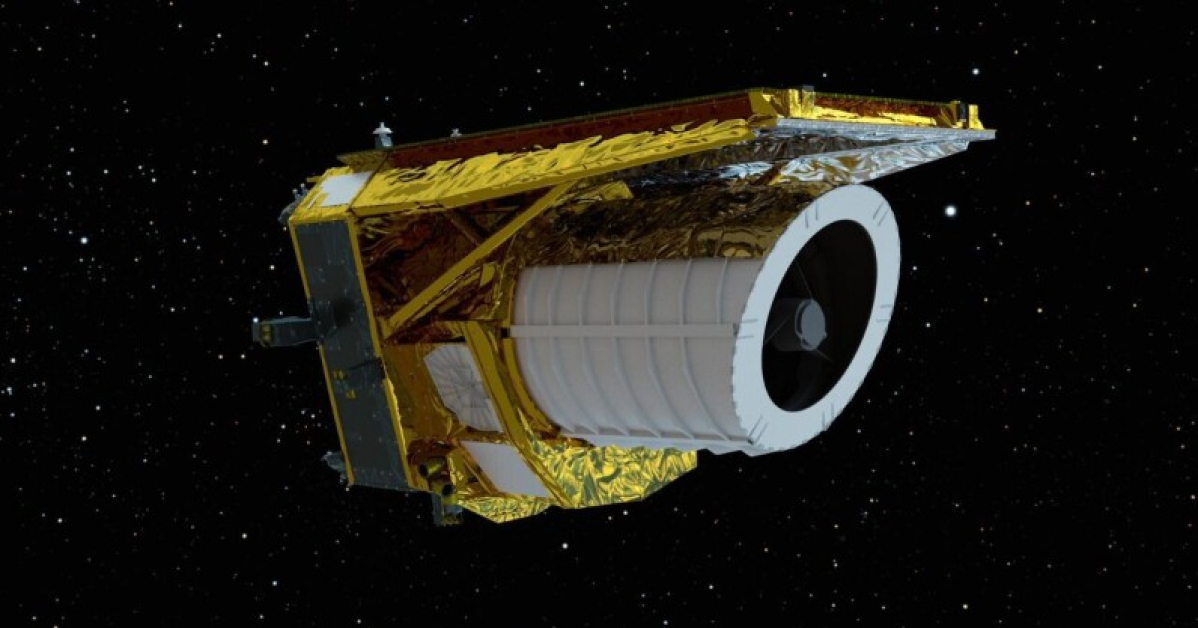The Euclid telescope, operated by the European Space Agency, has unveiled its initial scientific data and fresh cosmic images, providing valuable insights into the enigmatic realms of dark matter and dark energy in the universe. This milestone achievement represents a significant leap forward in astrophysics, setting the stage for further exploration and discoveries in this field.
Unveiling the Mysteries of the Universe
The European Space Agency’s Euclid telescope, also known as the ‘dark universe’ telescope, has recently shared its first scientific files and new cosmic pictures, shedding light on the mysteries of the universe’s dark matter and dark energy. This groundbreaking development marks a significant step forward in our understanding of the cosmos and paves the way for further discoveries in the field of astrophysics.
Exploring the Cosmic Landscape
The observations captured by the Euclid telescope offer a unique glimpse into the celestial landscape, showcasing celestial bodies with unprecedented clarity. These images, which are at least four times sharper than those obtained from ground-based telescopes, feature a diverse array of cosmic objects, including galaxies, star-forming regions, and galaxy clusters.
- Abell 2764 Plan: A collection of galaxies orbiting within a halo of dark matter.
- Messier 78 Star-forming Region: A region where new stars are born.
- NGC 6744 Spiral Galaxy: A spiral-shaped galaxy in space.
- Dorado Group of Galaxies: A cluster of galaxies located in the southern hemisphere.
- Abell 2390 Galaxy Cluster: A group of galaxies resembling our own Milky Way.
Euclid’s Journey into Space
The newly captured images offer a preview of the Euclid telescope’s mission objectives. Over its projected six-year lifespan, Euclid will survey billions of galaxies located up to 10 billion light-years away, creating the most extensive 3D map of the universe to date. This ambitious endeavor aims to provide crucial insights into the universe’s expansion, gravitational forces, dark energy, and dark matter.
To accomplish its mission, Euclid is equipped with advanced cameras, including VIS for capturing visible light images and NISP for measuring galaxy distances and the universe’s expansion rate. These instruments will enable Euclid to address fundamental questions in cosmology and unravel the mysteries of the universe’s evolution.
the Euclid telescope’s recent revelations mark a significant milestone in our quest to understand the universe’s hidden secrets. By peering into the depths of space and capturing stunning cosmic images, Euclid is paving the way for groundbreaking discoveries and advancements in astrophysics.


